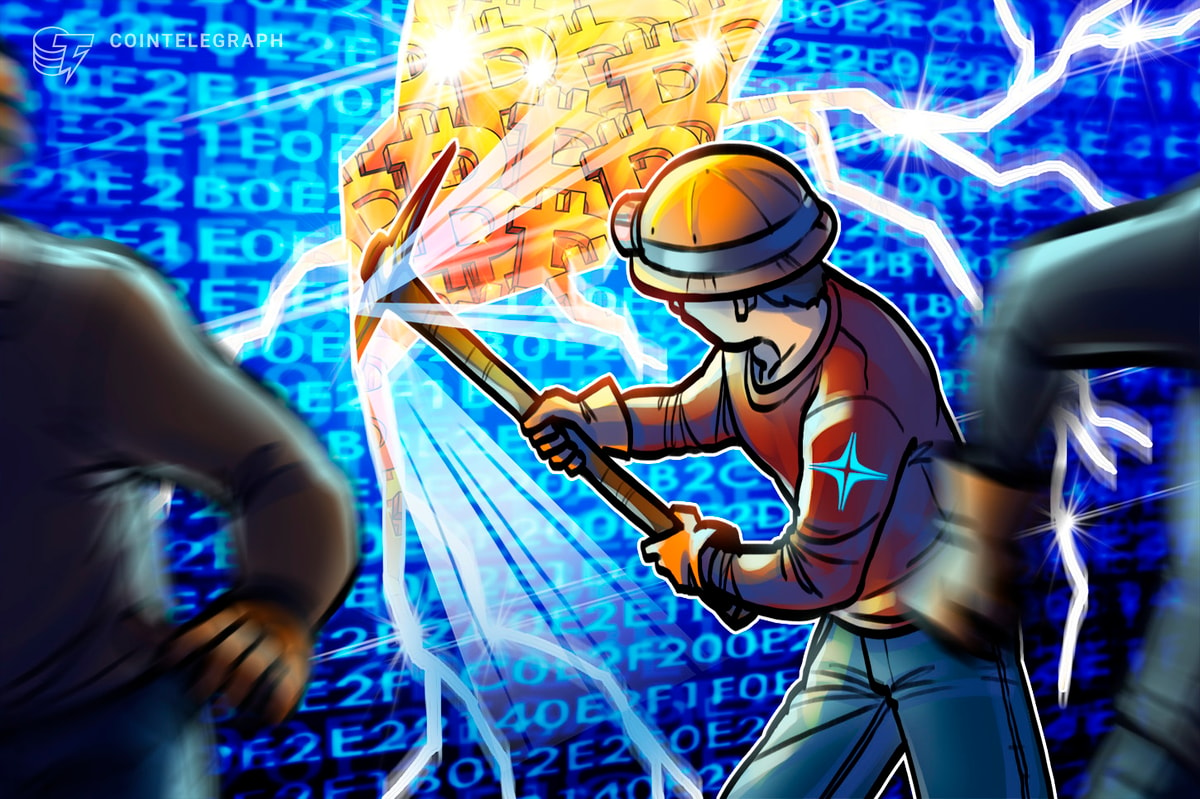SINGAPORE – Cybercrime and fraud are expected to be more rampant than in previous years, said two senior figures from cyber-security company Palo Alto Networks.
Among the threats, business e-mail compromise (BEC) and ransomware attacks remain high on the global watch list.
BEC, a sophisticated scam that targets both businesses and individuals performing legitimate transfer-of-funds requests, remains the most common and most costly threat facing organisations globally, said Ms Wendi Whitmore, Palo Alto Network’s Unit 42 senior vice-president.
Unit 42 is a team within Palo Alto which identifies new threats, analyses them and looks for correlations based on the data it receives.
Ms Whitmore said: “We see (criminal) organisations where you’ve got a member in Nigeria that’s closely communicating (on the Dark Web) with someone in Eastern Europe and maybe communicating closely with someone in Asia.
“I think that as the economy continues to have more challenges, we’re going to see even more of that level of interconnectivity.”
BEC continues to hold the top spot for the sixth year running on the 2021 FBI Internet Crime Complaint Centre (IC3) report. Global losses have skyrocketed from $360 million in 2016 to $2.3 billion in 2021.
In Singapore, 93 victims lost about $56.2 million to BEC scams in the first three months of 2022, the police said in July.
Mr Vicky Ray, a principal researcher at Unit 42, studies data and telemetry behind such global attacks. He acknowledged that the Dark Web has become a breeding ground for cybercrime.
Unlike the Internet, where the general public can openly search for information or participate on forums, the Dark Web requires a special browser and known URL to gain entry. Some Dark Web forums require a new member to be vouched by a known party.
According to Palo Alto, the proliferation of Darknet markets in Asia has allowed cyber criminals to operate without much concern of getting caught due to the anonymity provided by the platform.
Mr Ray told ST: “It’s hard, but at the end of the day, it is our job to connect these dots together to really answer… the hard question of who may be behind it (a cyber attack) or what the motivation is.”
Read More: news.google.com









 Bitcoin
Bitcoin  Ethereum
Ethereum  Tether
Tether  XRP
XRP  Solana
Solana  USDC
USDC  Dogecoin
Dogecoin  Cardano
Cardano  TRON
TRON  Lido Staked Ether
Lido Staked Ether  Sui
Sui  Wrapped Bitcoin
Wrapped Bitcoin  Chainlink
Chainlink  Avalanche
Avalanche  Wrapped stETH
Wrapped stETH  Stellar
Stellar  Shiba Inu
Shiba Inu  Bitcoin Cash
Bitcoin Cash  Hedera
Hedera  LEO Token
LEO Token  USDS
USDS  Toncoin
Toncoin  Hyperliquid
Hyperliquid  Litecoin
Litecoin  Polkadot
Polkadot  WETH
WETH  Monero
Monero  Bitget Token
Bitget Token  Binance Bridged USDT (BNB Smart Chain)
Binance Bridged USDT (BNB Smart Chain)  Wrapped eETH
Wrapped eETH  Pi Network
Pi Network  Coinbase Wrapped BTC
Coinbase Wrapped BTC  Ethena USDe
Ethena USDe  Pepe
Pepe  WhiteBIT Coin
WhiteBIT Coin  Bittensor
Bittensor  Uniswap
Uniswap  Aptos
Aptos  Dai
Dai  NEAR Protocol
NEAR Protocol  OKB
OKB  sUSDS
sUSDS  Aave
Aave  Ondo
Ondo  BlackRock USD Institutional Digital Liquidity Fund
BlackRock USD Institutional Digital Liquidity Fund  Ethereum Classic
Ethereum Classic  Cronos
Cronos  Internet Computer
Internet Computer  Gate
Gate